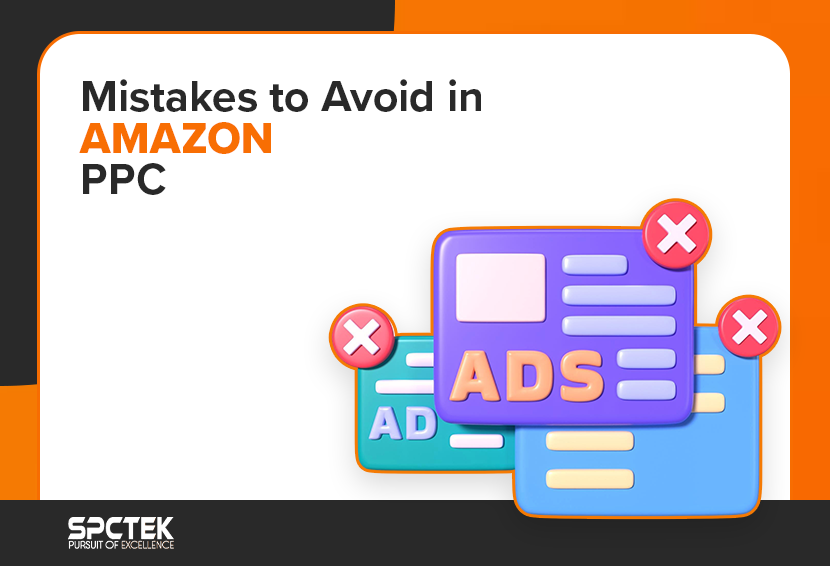Before we dive into the nitty-gritty of dominating keyword rankings, let’s first understand why it matters. Amazon’s search algorithm is designed to connect shoppers with the most relevant products based on their search queries. When your products rank higher in Amazon’s search results, they are more likely to be seen and purchased by potential customers. Increased visibility can lead to higher sales, better brand recognition, and increased profitability.
Actionable Steps to Dominate Amazon Keyword Rankings

Now, let’s dive into the actionable steps to dominate Amazon’s keyword rankings.
1. Conduct Thorough Keyword Research
The foundation of a successful Amazon keyword strategy starts with comprehensive keyword research. This involves identifying the keywords and search terms that potential customers are using to find products similar to yours.
Several tools are available to help you discover relevant keywords, including Amazon’s own search suggestions and third-party tools like H10, JS and Merchant words. Additionally, you can explore advanced keyword research options like the BidX AI Keyword Research feature, which harnesses the power of artificial intelligence to provide cutting-edge insights into keyword selection.
Keyword research is a multi-step process that includes:
- Brainstorming: Start by brainstorming relevant keywords related to your products. Think about synonyms, variations, and long-tail keywords that potential customers might use.
- Competitor Analysis: Study your competitors’ product listings and identify the keywords they are targeting. Look for opportunities to differentiate your listings with unique keywords.
- Keyword Tools: Use keyword research tools to expand your list of potential keywords. These tools provide data on search volume, competition, and related keywords.
- Refinement: Narrow down your list of keywords to focus on the most relevant and high-converting terms. Consider both short-tail and long-tail keywords.
2. Optimize Your Product Listings Based on Previous Analysis
Once you’ve identified the relevant keywords for your products, it’s time to optimize your product listings. Here are some essential tips for effective optimization:
- Title: Your product title is one of the most critical elements for keyword optimization. Ensure that it includes your primary keywords and accurately describes your product. Keep it concise and within Amazon’s character limits.
- Bullet Points and Description: Use your bullet points and product description to provide detailed information about your product’s features, benefits, and uses. Incorporate relevant keywords naturally, but avoid keyword stuffing, which can negatively impact your rankings.
- Backend Keywords: Amazon allows you to enter backend keywords that are not visible to shoppers but are used by the search algorithm. Make the most of this by including additional keywords that enhance your product’s discoverability.
- Images: High-quality images not only attract customers but can also improve your rankings. Use clear, informative images that showcase your product from various angles and in use.
3. Perform Competitor Research
Keep a close eye on your competitors and their strategies. By analyzing their successful tactics and adapting them to your own strategy, you can gain a competitive edge.
Here’s how to effectively monitor your competitors:
- Track Sales: Look for trends in your competitors’ sales data. Are there certain products or strategies that consistently perform well?
- Pricing Analysis: Analyze your competitors’ pricing strategies. Are they offering discounts or promotions? Can you adjust your prices to stay competitive and profitable at the same time?
- Keyword Rankings: Monitor your competitors’ keyword rankings. Are there keywords that consistently outrank you? Identify opportunities to improve your rankings for those keywords.
4. Encourage Customer Reviews
Amazon places significant importance on customer reviews and ratings. Positive reviews can boost your product’s credibility and rankings. Encourage satisfied customers to leave reviews by providing exceptional customer service, following up on purchases, and offering incentives like discounts.
Here are some strategies for generating more customer reviews:
- Email Follow-Ups: Send post-purchase follow-up emails to customers, thanking them for their purchase and encouraging them to leave a review.
- Review Request Inserts: Include printed inserts in your product packaging, kindly asking customers to leave a review. Be sure to follow Amazon’s guidelines on review requests.
- Amazon’s Early Reviewer Program: Consider enrolling your products in Amazon’s Early Reviewer Program (Vine), which offers small incentives to customers who write reviews for new products.
5. Use Amazon Advertising
If you’re willing to invest in your Amazon marketing strategy, consider using Amazon advertising. Sponsored products, sponsored brands, and sponsored display ads can help increase your product visibility and drive more traffic to the product listing.
Be strategic in your ad targeting, and use relevant keywords to maximize the impact of your campaigns. When it comes to keyword targeting, you can take advantage of advanced tools that offer powerful insights and automation to enhance your Amazon advertising efforts.
Here’s how to leverage Amazon advertising effectively:
- Keyword Targeting: Use relevant keywords in your ad campaigns to ensure that your products appear in search results for those terms.
- Budget Management: Set a realistic advertising budget and monitor your campaigns regularly to optimize spending for the best results.
- A/B Testing: Experiment with different ad creatives, headlines, and product images to identify what resonates most with your target audience.
Are you looking to optimize your sales potential on Amazon through effective advertising strategies? Look no further than our specialized Amazon PPC Management Service.
Conclusion
In the world of Amazon, dominating keyword rankings is a game-changer. By conducting extensive Amazon keyword research, optimizing your product detail page, monitoring competitors, encouraging customer reviews, optimizing for mobile, and leveraging Amazon-sponsored ads, you can rise above the competition and achieve the visibility and sales your products deserve.
Ready to take your Amazon keyword ranking to the next level? Start implementing these strategies today and watch your products climb the Amazon keyword rankings, crush the competition, and achieve e-commerce success like never before.
Remember, success on Amazon is an ongoing effort. Stay updated with the latest Amazon trends and continuously refine your strategy to maintain your dominance in the marketplace.
Got More Questions?
It’s essential to target a mix of both short-tail and long-tail keywords for Amazon SEO. Short-tail keywords are more competitive but have higher search volumes, while long-tail keywords are more specific and less competitive but can still drive targeted traffic to your listings.
It’s recommended to regularly review and update your Amazon keywords and listings to stay competitive and adapt to changes in customer search behavior, market trends, and algorithm updates. Aim to optimize your listings at least once every few months or as needed.
Yes, many Amazon SEO experts and agencies specialize in optimizing product listings and keywords to improve rankings and sales. However, it’s crucial to choose a reputable professional or agency with a proven track record of success in Amazon SEO.
While Amazon’s algorithms are continually evolving, some updates may specifically impact keyword rankings. Stay informed about any changes announced by Amazon and adapt your keyword optimization strategies accordingly to maintain or improve your rankings.






